Recent Posts
-
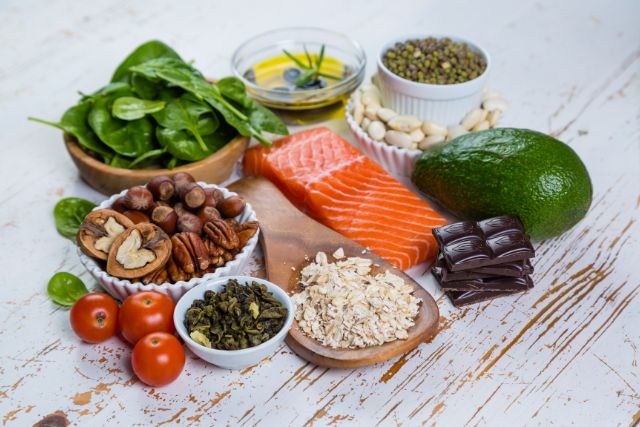
- Diabetes-Friendly Nutrition: Smart... 08.12.2024
-
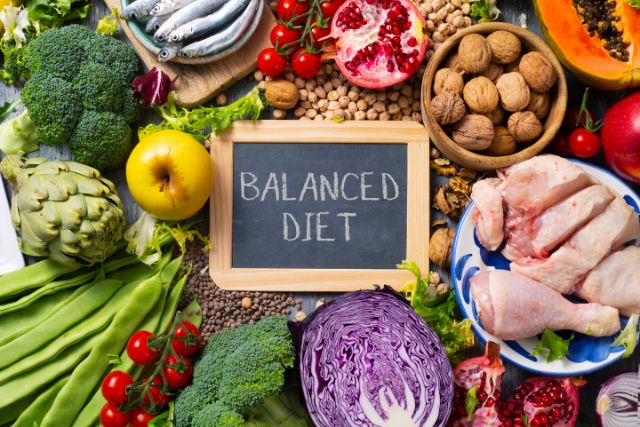
- Nutrition for Chronic... 08.12.2024
-
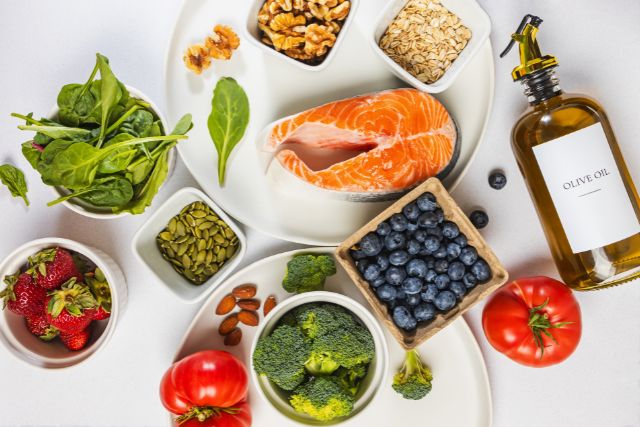
- Anti-Inflammatory Diet: Food... 08.12.2024
-
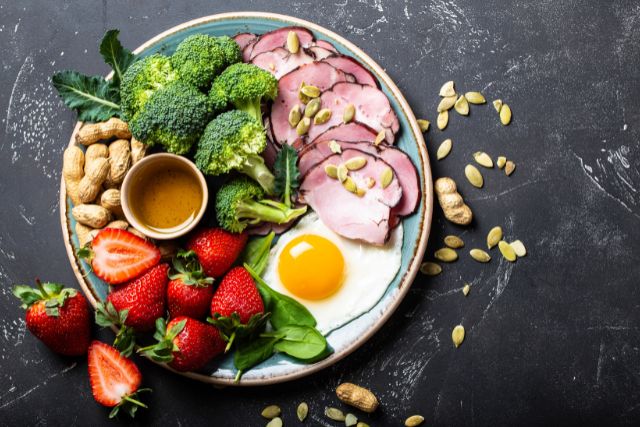
- Low-Sodium and Heart-Healthy:... 08.12.2024
-
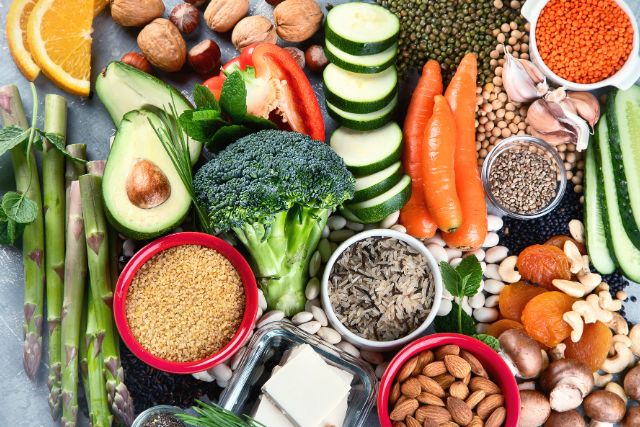
- Plant-Based Diets for... 08.12.2024
Relief from GERD: Cooking Low-Acid Meals for Long-Term Comfort
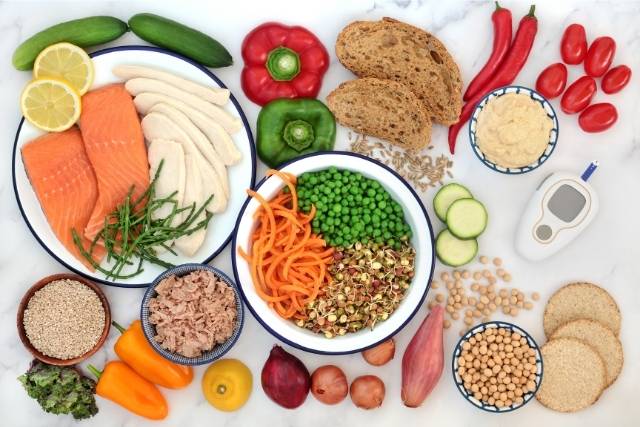
Gastroesophageal reflux disease, often known as GERD, is a digestive problem that is rather widespread and affects millions of individuals all over the globe. A constant burning feeling in the chest, regurgitation, and even difficulties swallowing are all symptoms that may be caused by acid reflux, which can be a very uncomfortable condition that can interfere with everyday living. In spite of the fact that drugs might give momentary relief, a more holistic approach, which may include changes to one's diet, is often required for long-term comfort. The preparation of low-acid meals that are not only tasty but also calming to the digestive system is one of the most effective strategies to control gastroesophageal reflux disease (GERD).
Understanding GERD and Its Triggers
Gastroesophageal reflux disease (GERD) is characterized by the frequent passage of stomach acid back into the esophagus, which causes irritation to the lining of the esophagus. This acid reflux is often brought on by certain meals and drinks that relax the lower esophageal sphincter (LES), which is the muscle that functions as a valve between the stomach and the esophagus. Foods that are spicy, citrus fruits, tomatoes, onions, garlic, caffeinated beverages, and alcohol are all examples of common causes of this condition.
Reducing the amount of acidic foods consumed by those who suffer from gastroesophageal reflux disease (GERD) may help stave off flare-ups and give long-term relief. Having said that, this does not imply that you have to abandon taste or pleasure in the meals that you prepare. The preparation of low-acid recipes that are both satiating and nutritious may be accomplished with a little bit of resourcefulness.
Techniques for Cooking with Low Acidity
Pick the Appropriate Components to Use
Pay attention to components that consist of naturally low levels of acid. This includes foods that are low in fat and calories, such as fish, poultry, and turkey, as well as fruits that do not include citrus, such as bananas, melons, and pears. Moreover, vegetables such as carrots, zucchini, and leafy greens are also wonderful options to consider.
Use Alkaline Foods to Balance Acidity
A diet that is high in alkaline foods may assist in the neutralization of stomach acid. When it comes to a diet that is favorable to GERD, whole grains such as oatmeal, brown rice, and quinoa are wonderful additions. Furthermore, non-dairy alternatives such as almond milk may be used in lieu of cow's milk, which is known to contribute to the development of acid via its manufacture.
Cook with Gentle Methods
Choose cooking techniques that reduce the amount of added fats and spices, since they might make symptoms of gastroesophageal reflux disease (GERD) worse. Using techniques such as baking, poaching, and steaming are examples of moderate cooking methods that help preserve the inherent tastes of foods without introducing any more acidity.
Herbs Over Spices
Foods that are spicy are known to be a trigger for gastroesophageal reflux disease (GERD), however herbs such as basil, parsley, and dill may contribute taste without creating pain. Do some experimenting with these herbs to come up with recipes that are not only delectable but also easy on the stomach.
Mind the Portions
Consuming an excessive amount of food may exert pressure on the lower esophageal sphincter (LES), which can result in acid reflux. To avoid this, have meals that are smaller and more often spaced out throughout the day. This method not only helps in the management of gastroesophageal reflux disease (GERD), but it also promotes improved digestion in general.
Sample Low-Acid Meals for GERD Relief
Breakfast: Start your day with a soothing bowl of oatmeal topped with sliced bananas and a drizzle of honey. Avoid adding citrus fruits or juices that can increase acidity.
Lunch: A grilled chicken salad with mixed greens, cucumbers, and a light olive oil dressing is a refreshing and GERD-friendly option. Add some quinoa or brown rice for extra fiber and satiety.
Dinner: Baked salmon with steamed zucchini and a side of mashed sweet potatoes offers a balanced, low-acid meal. Season the fish with fresh herbs like dill and parsley instead of acidic marinades.
Snack: Reach for a handful of almonds or a non-citrus fruit like a pear to keep hunger at bay without triggering reflux.
Long-Term Benefits of a Low-Acid Diet
Managing symptoms of gastroesophageal reflux disease (GERD) and contributing to general well-being are both benefits of adopting a diet low in acid. Your digestive health can be supported, you can maintain a healthy weight, and you may lower the risk of various chronic problems if you concentrate on eating meals that are nutritious and filled with nutrients. Furthermore, the practice of mindful eating, which involves being conscious of what you consume and how much of it you consume, may further increase the advantages of the modifications you have made to your diet.
Even if you have gastroesophageal reflux disease (GERD), you do not have to endure chronic agony. It is possible to have meals that are not only tasty but also easy on your digestive system if you make some mindful alterations to your diet and the way you regularly prepare meals. You are able to obtain treatment from gastroesophageal reflux disease (GERD) and establish long-term comfort by concentrating on low-acid foods and cooking methods. It is important to keep in mind that every little adjustment you make puts you one step closer to living a life that is healthier, happier, and free from the discomfort of acid reflux.
Disclaimer: The information provided in this article is for general information purposes only. All information in this article is sourced from other websites, and we do not represent any rights regarding the contents and information on the site. All rights belong to their original owner.





